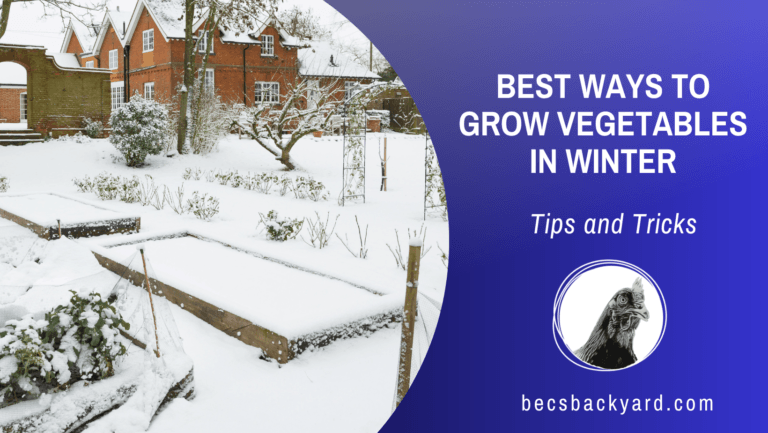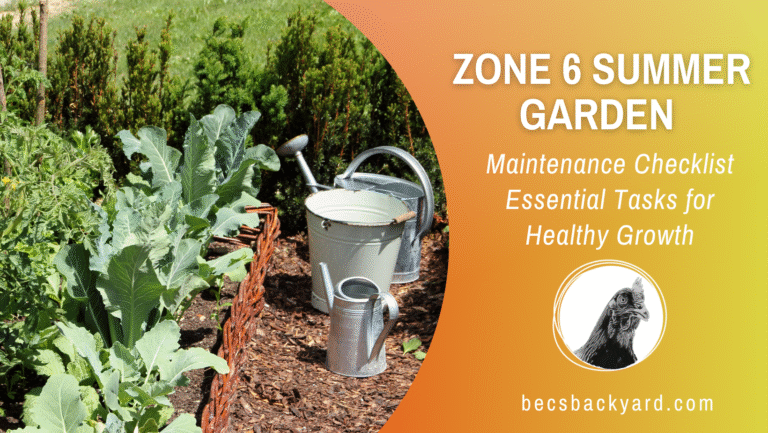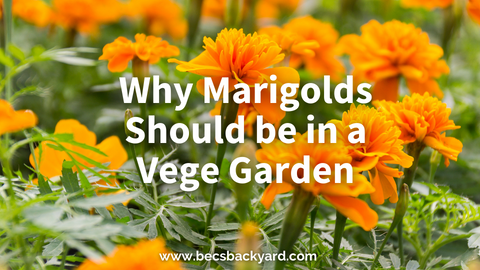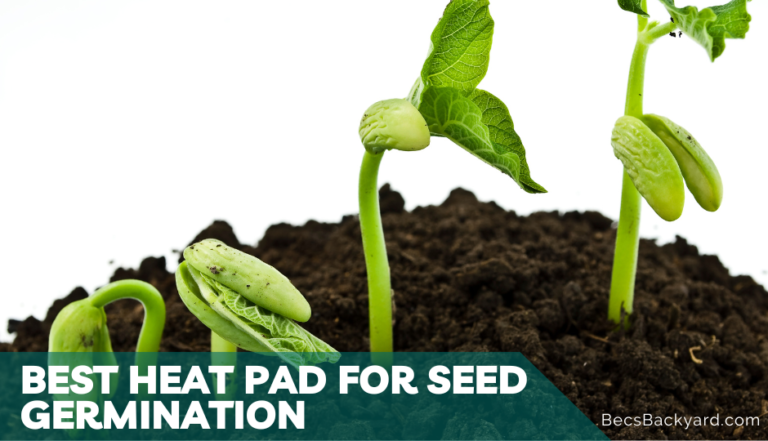Zone 8 Spring Vegetable Planting Schedule: Key Dates and Best Practices
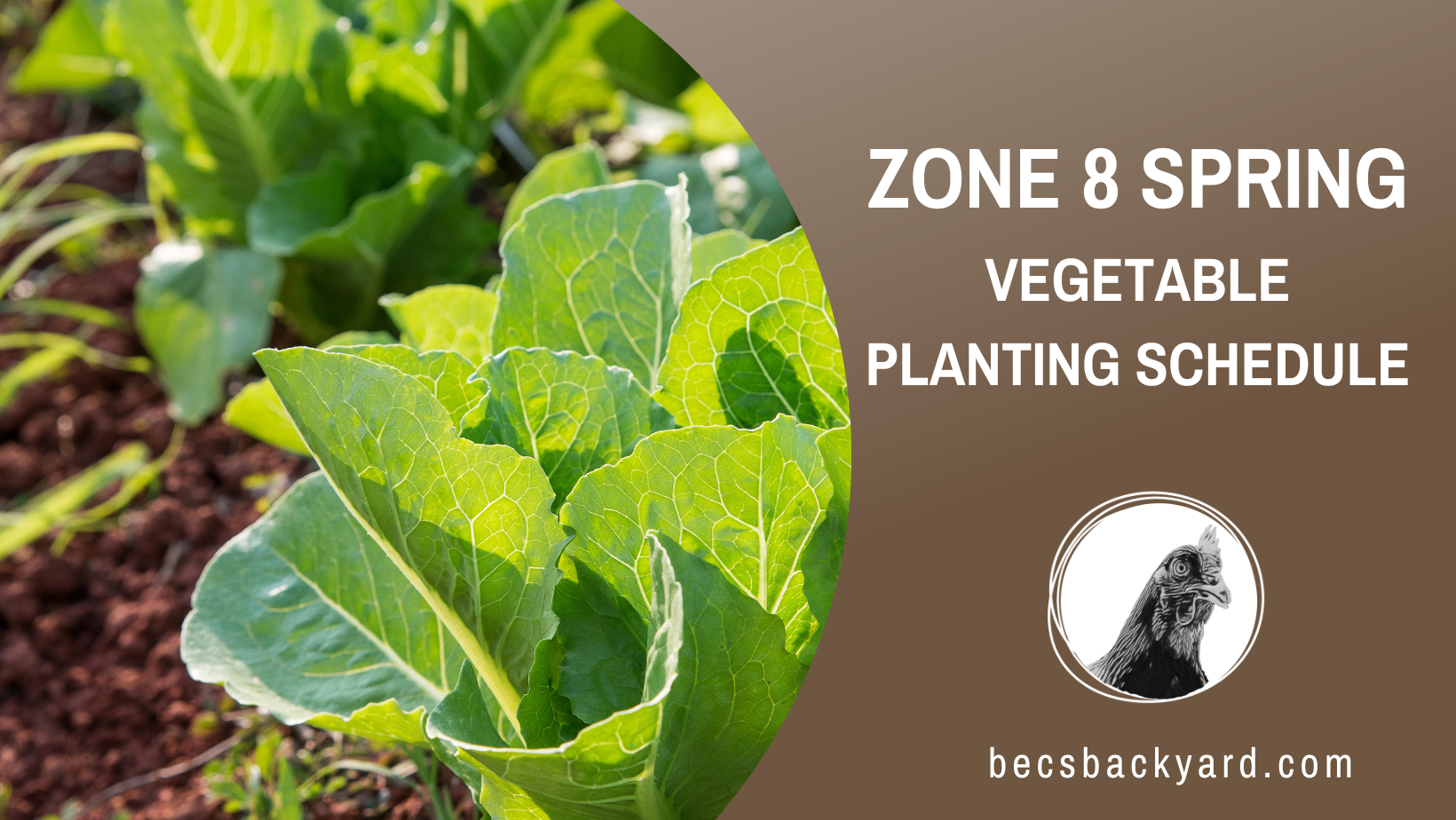
Gardeners in USDA Zone 8 are poised to embrace the spring season with a diverse range of vegetables capable of thriving in this temperate climate. Get started now with your Zone 8 Spring Vegetable Planting Schedule planning. With last frosts typically occurring by March 30th and giving way to a growing season that extends into late October or early November, Zone 8’s gardening calendar is full of opportunity. It is crucial for these gardeners to be mindful of the precise timing for starting seeds and transplanting seedlings outdoors to ensure the best chance of success.
Spring in Zone 8 signals a time to initiate planting for several vegetables. The mild temperatures and longer daylight hours create an environment conducive to growth. Early spring is ideal for sowing seeds of cool-season crops such as lettuce, kale, and peas directly into the soil, while starting heat-loving vegetables like tomatoes and peppers indoors can lead to stronger, more resilient plants, ready to be transplanted after the danger of frost has passed.
Creating a vegetable planting schedule tailored to Zone 8’s unique conditions is a strategic approach to gardening that can maximize yield and extend the harvest period. To achieve this, gardeners should carefully plan their calendar, considering the specific needs of each vegetable variety. By staggering planting dates and choosing the right vegetables for the season, they can enjoy a continuous harvest throughout the spring and into summer.
Understanding Zone 8 Climate and Weather Patterns
In Zone 8, gardeners experience a moderate climate with distinct weather patterns that are crucial for successful vegetable gardening. Understanding these patterns allows for optimal planting timelines.
Identifying Your Last Frost Date
Zone 8 typically has its last frost date between early March and early April. This date is a pivotal reference point in the gardening calendar as it signifies when it’s generally safe to plant frost-sensitive vegetables outdoors. Monitoring local weather stations is recommended for the most accurate frost date for your specific area.
- Average Last Frost Date: March 15 – April 15
Adjusting for Microclimates and Weather Conditions
While zone designations provide a general guide, microclimates within Zone 8 may influence actual planting times. Gardeners should observe their immediate environment to adjust planting schedules. Factors such as elevation, proximity to bodies of water, and urban density can affect local weather conditions.
- Examples of Adjustments:
- Protected areas may allow for earlier planting.
- Lower lying areas might require waiting for colder air to dissipate before planting.
It’s essential to consider that weather fluctuations and unexpected cold snaps can occur, so gardeners should be ready to protect their crops if temperatures unexpectedly drop after planting.
Starting Seeds Indoors vs. Outdoors
Choosing whether to start seeds indoors or direct sow outdoors is crucial in Zone 8, as it affects both the success and the timing of vegetable planting.
Choosing the Right Time to Start Seeds Indoors
Gardeners should start seeds indoors to ensure a longer growing season for vegetables that need more time to reach maturity. For Zone 8:
- Tomatoes, Peppers, Eggplants: Start these warm-season vegetables indoors about 6 weeks before the last expected spring frost.
- Frost-Free Date: Typically, Zone 8 gardeners should note their area’s spring frost-free date and count back 6 to 8 weeks to start seeds indoors.
It’s imperative to check seed packets for specific planting guidelines, as they provide the most precise information for each vegetable type. Following these instructions can lead to robust seedlings ready for transplanting once outdoor conditions are favorable.
Direct Sowing Seeds Outdoors
Some seeds thrive when directly sown into the garden, allowing them to develop in their natural conditions without the stress of transplanting. For Zone 8, here is a direct sow guide:
Root Vegetables (Carrots, Beets): Direct sow these crops as they do not transplant well.
Timing: Wait until the soil is workable and has warmed to at least 40°F (4°C) for cold-weather crops and around 60°F (15°C) for others.
Always consider the local frost dates and soil temperature, as these are pivotal factors for successful germination and plant growth. Gardeners should monitor local weather patterns for unexpected cold snaps that can affect seed sowing schedules.
Key Vegetables to Plant in Spring for Zone 8
Spring in Zone 8 offers gardeners a robust planting window with opportunities to cultivate a diverse array of vegetables. Emphasizing both cool and warm-weather crops will ensure a bountiful harvest through the season’s progression.
Cool-Weather Crop Selection
The mild temperatures of spring in Zone 8 are ideal for cool-weather crops that can tolerate the last frosts of winter and thrive in the cooler start of the season. Gardeners should focus on the following vegetables:
- Lettuce: A variety of types like romaine, leaf, and butterhead can be planted.
- Spinach: This quick-growing leafy green prefers the cooler part of spring.
- Onions: Can be started from seeds or sets earlier in the season.
- Peas: Best sown directly into the soil as early as the ground is workable.
- Carrots: Early planting results in sweet, tender roots.
- Beets: Both the roots and the greens can be harvested.
- Kale: Hardy and can be sown directly into the ground.
- Broccoli, cabbage, and cauliflower: For these, either start indoors to transplant or sow directly if time allows.
Warm-Weather Vegetables to Transplant or Sow
As the spring progresses and temperatures warm, gardeners in Zone 8 should transition to warm-weather vegetables which will flourish as the season heats up. Consider planting:
- Tomatoes: Start these indoors to transplant after the last frost date to get a head start on the growing season.
- Crops like squash and cucumbers can be sown directly into the soil or transplanted as seedlings once warmer weather is consistent.
By starting with cool-weather crops and transitioning to warm-weather vegetables, Zone 8 gardeners can maximize their garden’s productivity from early spring through late summer.
Successful Planting Strategies and Techniques
When planting vegetables in Zone 8 during the spring, gardeners can maximize their success by paying close attention to the timing of transplanting seedlings and by using protective measures like mulch and row covers to safeguard their plants against temperature fluctuations and pests.
Transplanting Seedlings and Timing
Transplanting Seedlings: Gardeners should begin by hardening off their seedlings, which entails gradually exposing plants to outdoor conditions to strengthen their tolerance to sunlight, wind, and temperature changes. Once hardened, seedlings can be transplanted to the garden. The ideal time for transplanting is after the last expected frost date, ensuring that seedlings are not damaged by cold weather.
- Last Frost Date: Typically falls between March 1st and March 30th for Zone 8.
- Best Practice: Transplant on an overcast day or in the late afternoon to reduce shock.
Timing for Specific Vegetables:
- Tomatoes: Transplant after March 30th when the soil has warmed.
- Peppers: Wait for similar conditions as tomatoes, ensuring temperatures are consistently above 50°F at night.


Square Peat Nursery Pots
About this item
- Eco-Friendly and Biodegradable
- Organic Fertilizer for Better Plant Growth
- Versatile and All-Season
- Drainage Holes for Better Transplanting
Utilizing Mulch and Row Covers for Protection
Mulch: Mulch serves multiple purposes; it helps to maintain soil moisture, suppresses weeds, and can protect against temperature extremes. Organic mulches, like straw or wood chips, are preferable as they can add nutrients to the soil as they decompose.
- Apply 2-4 inches of mulch around plants once the soil has warmed.
Floating Row Covers: Floating row covers provide a barrier against insects and can extend the growing season by holding warmth around the plants. They are lightweight and permeable, allowing light and water to reach the plants while offering protection.
- Secure the edges of the row cover to prevent it from touching the plant foliage directly.
- Use hoops or frames to support the covers above the plants.
By integrating these targeted strategies for transplanting and protection, gardeners can look forward to a thriving spring vegetable garden in Zone 8.
Maintaining a Healthy Vegetable Garden
A thriving vegetable garden in Zone 8 hinges on mastering consistent watering, diligent weeding, effective pest management, and timely harvesting. Gardeners must be vigilant to ensure that vegetables grow to their full potential and deliver a bountiful harvest.
Watering, Weeding, and Pest Management
A gardener’s approach to watering must enable deep root growth while preventing water stress. Vegetables in Zone 8 typically require:
- Soil moisture up to 6 inches deep.
- Watering when the top 3 to 4 inches of soil feel dry.
Weeding is crucial to remove competition for nutrients and water. Regular weeding ensures that vegetables aren’t choked out by invasive plants. Using a layer of organic mulch can suppress weed growth and retain soil moisture.
For pest management, one must monitor for common pests and diseases that can afflict their garden. Methods of management include:
- Physical barriers like netting or row covers.
- Introducing beneficial insects that prey on harmful pests.
- Using organic pesticides when necessary, and as a last resort.
Harvesting Vegetables at Peak Ripeness
To maximize flavor and nutritional content, timing the harvest is critical:
- Leafy greens such as lettuce are best picked in the morning when they are crispest.
- Root vegetables, like carrots, should be harvested when they are medium-sized to prevent them from becoming woody.
- For vegetables that climb, like cucumbers or beans, using trellises can support plant growth and ease the harvest process.
A gardener should always harvest produce when it’s ripe but before over maturing to ensure the best taste and quality. Containers are also viable options for growing and harvesting vegetables in Zone 8, offering flexibility and efficient space utilization.
Frequently Asked Questions
These FAQs provide guidance for gardeners in Zone 8 looking to optimize their spring vegetable garden plans with respect to timing and plant selection.
When is the best time to start planting vegetables in Zone 8?
In Zone 8, gardeners can typically start planting cool-season vegetables as early as February, as this region’s last frost date can be as early as March 1st. It is recommended to check local frost dates for more precise timing.
Which vegetables thrive in the early spring season for Zone 8?
Early spring vegetables for Zone 8 include peas, lettuce, spinach, and kale. These crops can tolerate cooler temperatures and benefit from the milder start of the growing season.
What is the optimal planting schedule for a Zone 8 vegetable garden?
The optimal planting schedule involves starting cool-season crops in late winter to early spring and warm-season crops, such as tomatoes and peppers, after the danger of frost has passed. Succession planting can ensure a continuous harvest.
How do Zone 8a and 8b differentiate in terms of vegetable planting times?
Zone 8a may experience slightly colder temperatures earlier and later in the season compared to Zone 8b, affecting planting times by a few weeks. Gardeners in Zone 8a might plant a bit later in the spring and earlier in the fall.
What are ideal vegetables to plant in March for Zone 8 regions?
Ideal vegetables to plant in March for Zone 8 include radishes, carrots, and Swiss chard. These vegetables are suited to the cool to moderate temperatures typical of this time in Zone 8.
Can you provide a Zone 8-specific vegetable planting calendar?
A Zone 8 vegetable planting calendar aligns with the region’s last frost date and typically includes cool-season vegetable planting in February and March, and warm-season vegetable planting from mid-April to May after the frost risk subsides.
Conclusion: Zone 8 Spring Vegetable Planting Schedule
As the spring season unfolds in USDA Zone 8, gardeners can look forward to reaping the benefits of their diligent planning and careful attention to the specific needs of their vegetable crops. By adhering to a well-structured planting schedule, leveraging the advantages of both cool and warm-weather vegetables, and adjusting for local microclimates, they set the stage for a garden that not only thrives but also provides a continuous bounty. The joy of harvesting crisp lettuce, plump tomatoes, and vibrant peppers will be a testament to the gardener’s connection with the earth and the symbiotic relationship between the climate and the crops chosen. It is this harmonious blend of knowledge, patience, and effort that transforms a simple garden into a cornucopia of fresh, home-grown produce, enriching meals, and nourishing lives throughout the growing season.
In conclusion, the success of a spring vegetable garden in Zone 8 is a culmination of strategic timing, resilient planting methods, and ongoing garden maintenance. As gardeners navigate the nuances of their environment, they become attuned to the rhythms of nature, learning to foster growth and protect their plants from the unpredictable elements. The rewards of such endeavors are evident in the vibrant colors and flavors of the harvest—a diverse array of vegetables that not only sustain the body but also bring joy and a sense of accomplishment. With each year’s cycle, the wisdom gleaned from the soil deepens, and the garden becomes more than a plot of land—it becomes a living laboratory, a place of education and enchantment, and above all, a source of endless growth and gratification.



